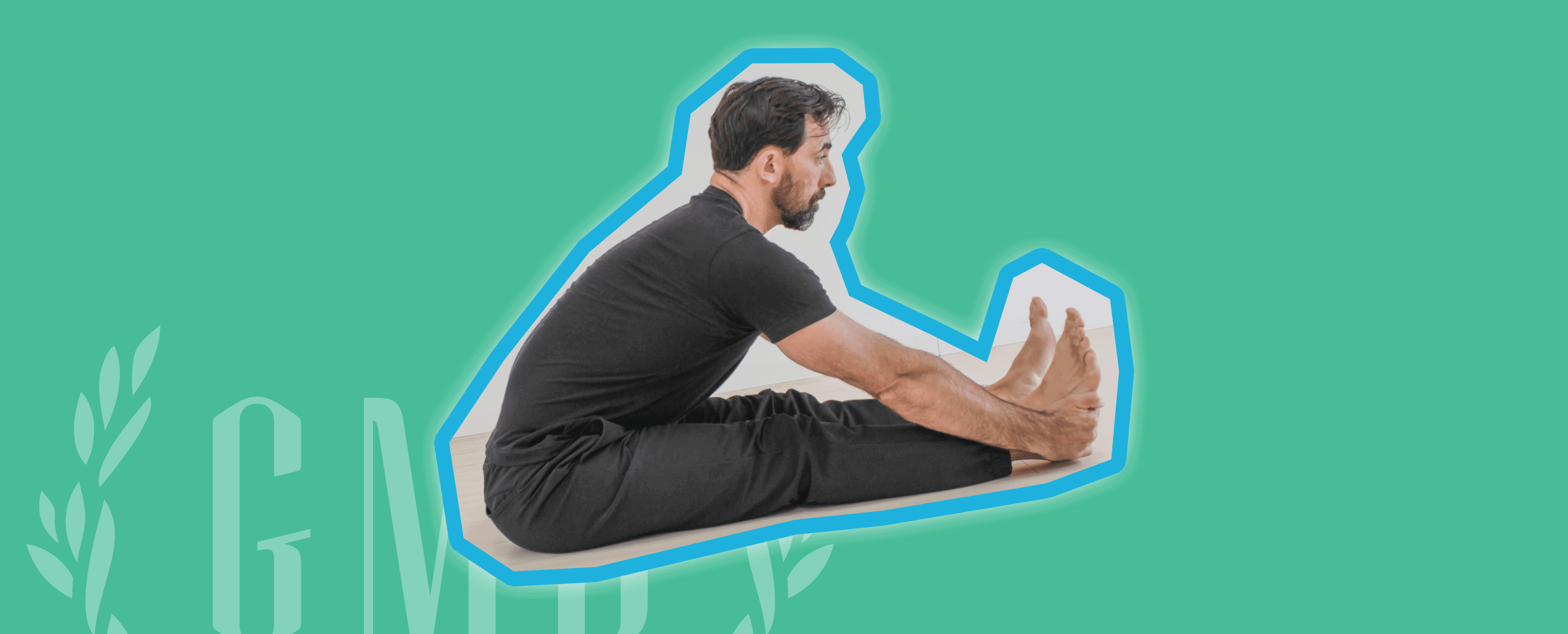Just how To Inhale And Also Exhale Your Means To Much Better, Stronger Health And Fitness
For cardio, you usually breathe in as well as out via the nose or, when intensity ramps up, through the mouth. Below, a couple of breath-control techniques to attempt with your clients.
Breathing Throughout Exercise

Nonetheless, many people have a tendency to hold their breath during exhausting activity like weight training. Called the valsalva maneuver, this can restrict oxygen distribution to the brain and also create dizziness, fainting, a spike in high blood pressure and various other difficulties. During toughness training, one of the most essential point to keep in mind about breathing is to simply do it!

You could be working also tough or you may have not established a good breathing pattern for your activity if your breathing is short as well as shallow. However keep in mind that your breath will not always align flawlessly with your activities when doing cardio, as well as you shouldn't try to require it to. For instance, a swimmer might take a breath on one arm stroke and exhale after three arm strokes, however there is no policy that you have to breathe in for three steps while walking and after that out for 3 steps. The trick is to locate a breathing pattern that fits for you and also persevere. It takes some time to master managing your breath while exercising.
Clearing your lungs can guarantee they load completely back up so you won't experience shortness of breath. To do this, stand right with your knees loose; flex over at the waist, burning out all the air from your lungs as you breathe out throughout these lung workouts. Inhale as deeply as possible as you slowly go back to an upright placement (this fills your lungs to their max capacity). Hold that breath for 20 secs as well as expand both arms above your head.
- Make certain to unwind your neck and also shoulders as you re-train your diaphragm to handle the work helpful to load and also empty your lungs.
- You understand you're doing it right when the hand on your tummy increases more than the hand on your breast as you breathe.
- Lie on your back and prolong your legs flat versus the flooring with one hand on your tummy as well as the other on your chest.
- Enhancing your abdomen can boost your breathing and banish shortness of breath.
- Exhale deeply with your mouth, and try holding your breath at the end for 7 secs.
- That's since your diaphragm, situated right over your abdomen, is the vital muscle your body involves when breathing in and out.
Reduced on your own pull back once more while gradually breathing out. Repeat follow this link this relocation for 10 reps. "Each time you https://restoreyourcore1.blogspot.com/2020/08/before-and-after-diastasis-recti.html inhale, this opens the upper body and also deepens your lung ability to fix shallow breathing," Peeke says. In our lives, breathing comes naturally and also doesn't call for any thought. We require oxygen, so we inhale, and also we require to clear our bodies of carbon dioxide, so we exhale. Nevertheless, couple of people use their lungs to their complete capability.
Nonetheless, numerous grownups don't correctly involve the diaphragm-- inadequate position, tension, and also other variables lead individuals to take a breath shallowly, moving the upper rib cage more than it should. It can likewise create discomfort in the breast and also back muscle mass, damage the muscle mass in the pelvic floor as well as lower back, and also interfere with appropriate motion of the shoulders and also back. When you have actually mastered an also breathe in as well as breathe out, it's time to concentrate on exercise-specific breathing. This will allow you to optimize the benefits of each exercise and also stay clear of the threats of forgetting to breathe. Your nose is the recommended way to obtain oxygen into your body.
Below's Why The Method You Breathe Throughout An Exercise Issues
That said, you (certainly) can not take in as much air through your nose as your mouth, which is why many individuals intuitively take a breath via their mouths throughout exercise. The function of nasal-only breathing throughout exercise is to acclimate the body to a boosted buildup of CO2. When starting, nasal-only breathing will considerably dampen the pace that you can maintain (but you might amaze on your own after just a couple of weeks!). If you are used to max effort/high intensity exercises that leave you gasping for air, that might be frustrating. You'll never ever enjoy the advantages of this procedure if you provide up on the process because you refuse to slow down.